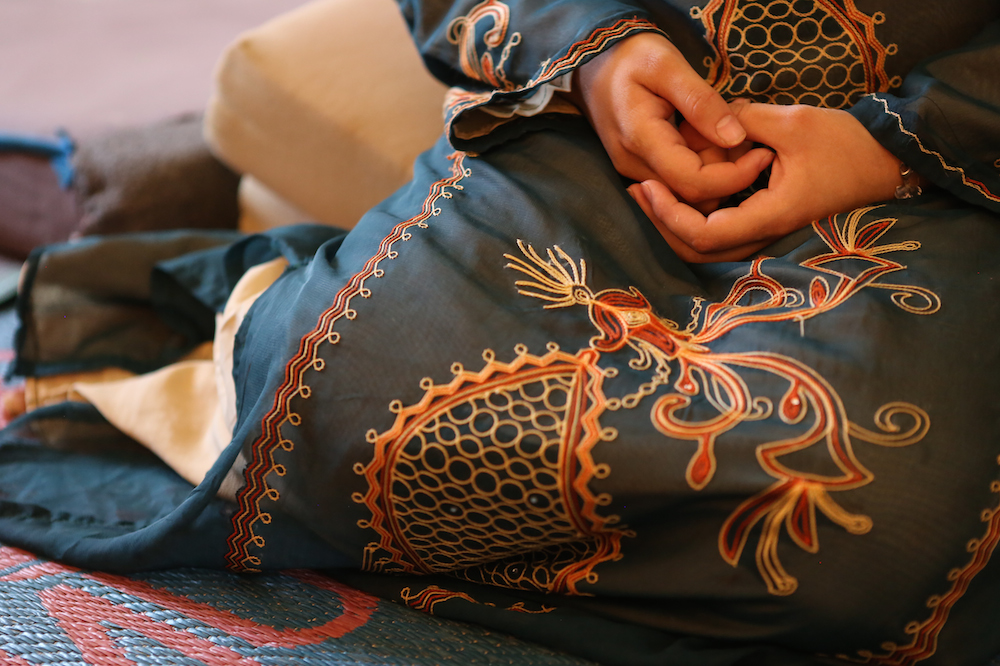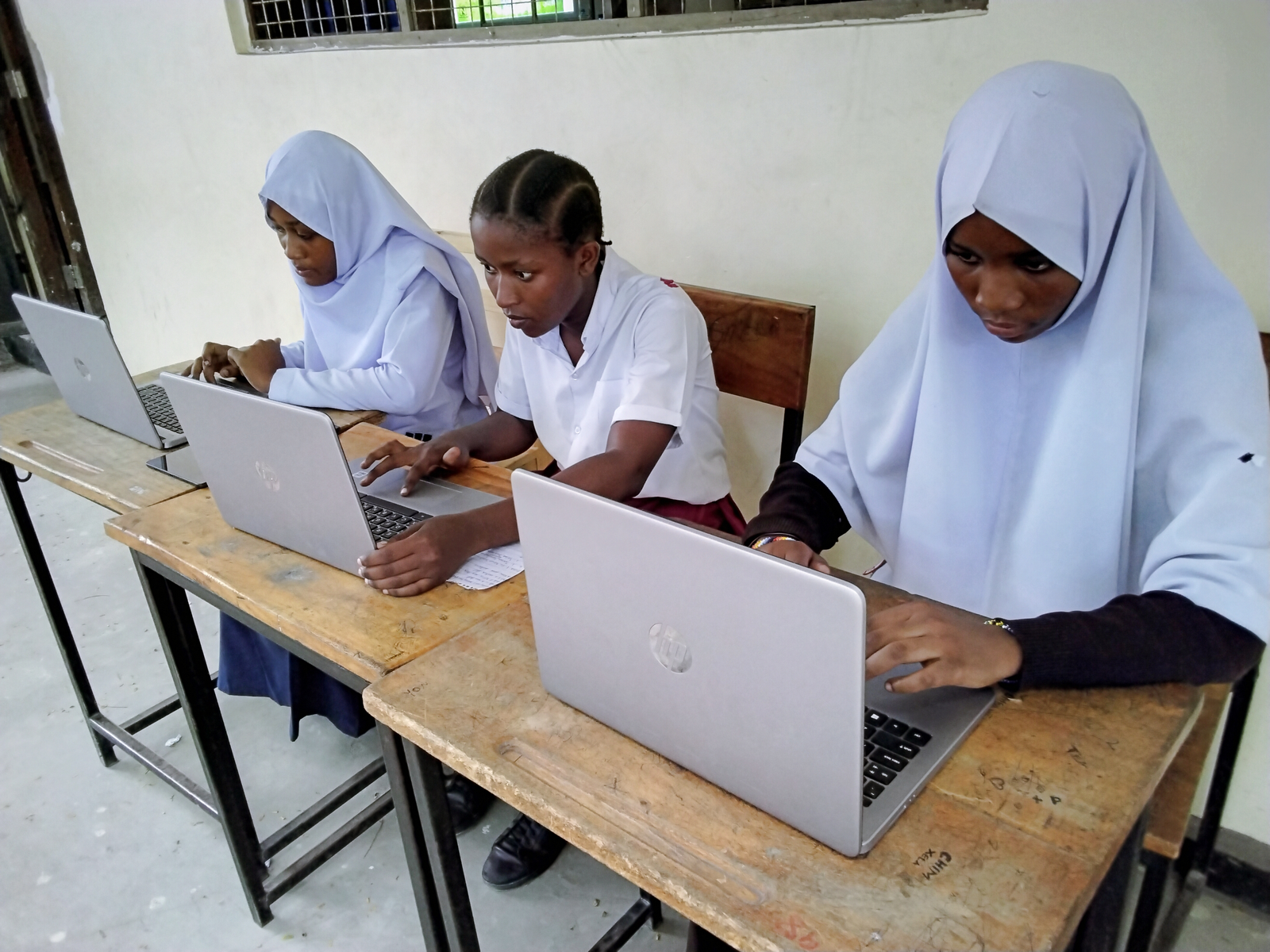
‘He disappeared in his school uniform’: the tragedy of India’s missing and trafficked children
Barriers to education, Child labour, Child marriage, Girls' education, Right to education
Thousands of Indian children are victims of trafficking and slavery every year - many of them are unlikely to see their families again or get an education.
Piyush Sharma was 11 when he disappeared last August. He had just got home from his school in India’s Jharkhand state and told his mother he was going outside to play.
Fifteen minutes later, when she went to call him in, he had gone.
“It’s been nine months since I saw him,” said Pinki Sharma. “He was still wearing his school uniform – a pink shirt and blue shorts.
“Someone must have taken him. He always played nearby.”
Pinki, 35 – who lives in Hatia – told Thomson Reuters Foundation: “My husband has travelled to many places looking for him but no one knows anything. But I will look for him until I die.”
Piyush is just one of about 250,000 children registered as missing on the Indian government’s Track Child portal between January 2012 and March 2017. Almost 73,000 of them have not been found.
Campaigners say these figures are just the tip of the
iceberg, with many cases not registered by parents or the
police, who too often think the children have run away.
Many are believed to be the victims of trafficking and slavery – up to 70% of them, according to Shakti Vahini, a Delhi-based anti-trafficking charity.
Children from poor backgrounds are trafficked for child labour, early marriage and sex work. Many are forced to work in factories or as domestic help.
They miss out on education and are unlikely ever to return to school.
There are more than 10 million child labourers aged between five and 14 in India. The country also has 1.4 million children of primary age out of school.
The country’s first comprehensive anti-human trafficking legislation is being drafted – but the bill has still not gone before parliament.
Kailash Satyarthi, the Indian Nobel Peace Prize winner and children’s rights activist, says new laws are urgently needed to protect children from trafficking.
He said: “Despite the efforts of the government and civil society groups, we are failing to protect young girls and boys from trafficking and modern forms of slavery.”
Rishi Kant from the charity Shakti Vahini said: “Most are trafficked by organised gangs who know the system. They know how to lure, transport and sell them on to employers.
“As a result, they end up locked in brothels, wealthy homes and small workshops – making it hard to detect them or for them to escape.”
Another Indian charity, Free A Girl Movement, is helping sex trafficking victims to study law and ultimately bring traffickers to justice.
Its School for Justice programme helps young women through the college admission process and pays for their education and other expenses.
“It is a long-term programme to empower sex trafficking survivors and help them become public prosecutors in the future so that they take up cases of child trafficking and child prostitution,” said the charity’s spokesman Francis Gracias.

The charity Sanlaap helps rescued girls complete their school education.
It says: “Most of the girls have been away from their homes and schools during their prime years and hence have been denied access to education.
“Some of them have never attended school and some of them are dropouts.”
Sanlaap helps them to either attend formal school or get an informal education within its shelter campus.
This report has been compiled from articles produced by Thomson Reuters Foundation and other sources.
More news

Skills for the future give young people the best chance of success
